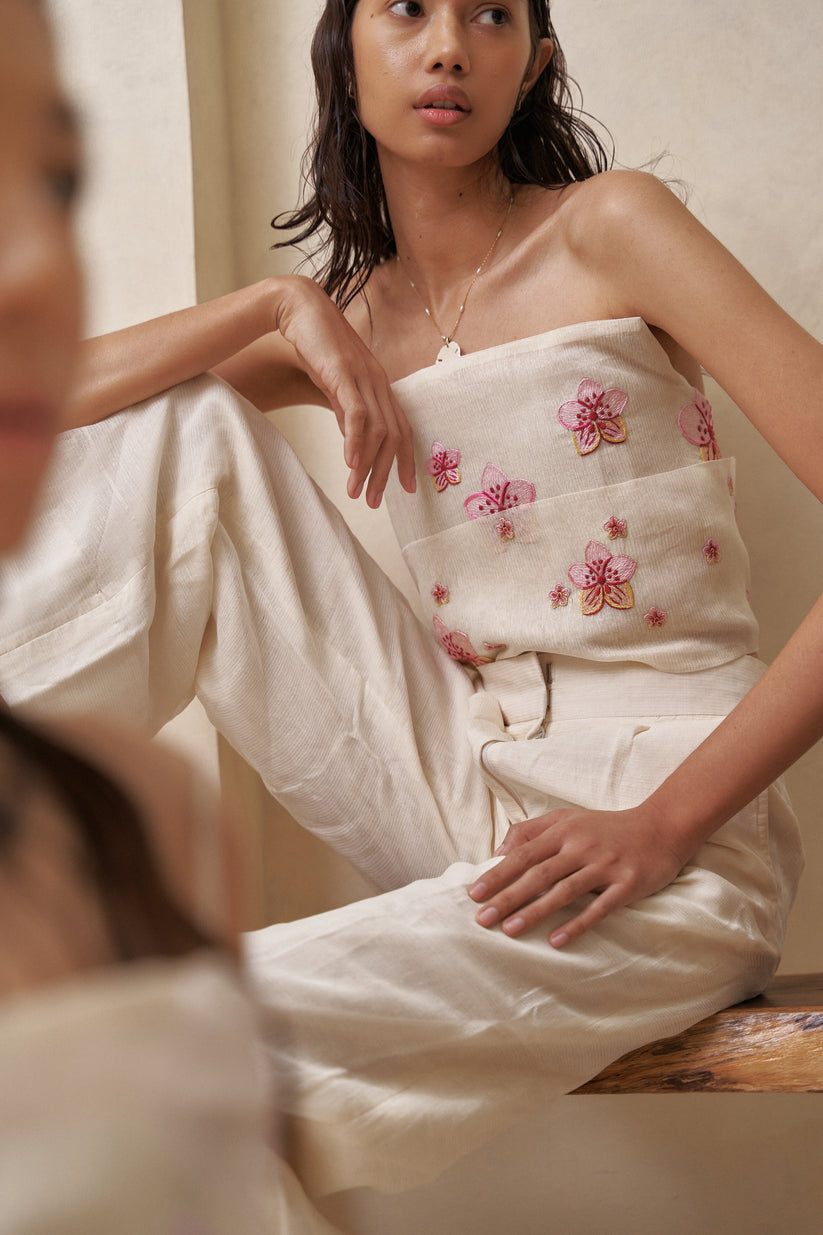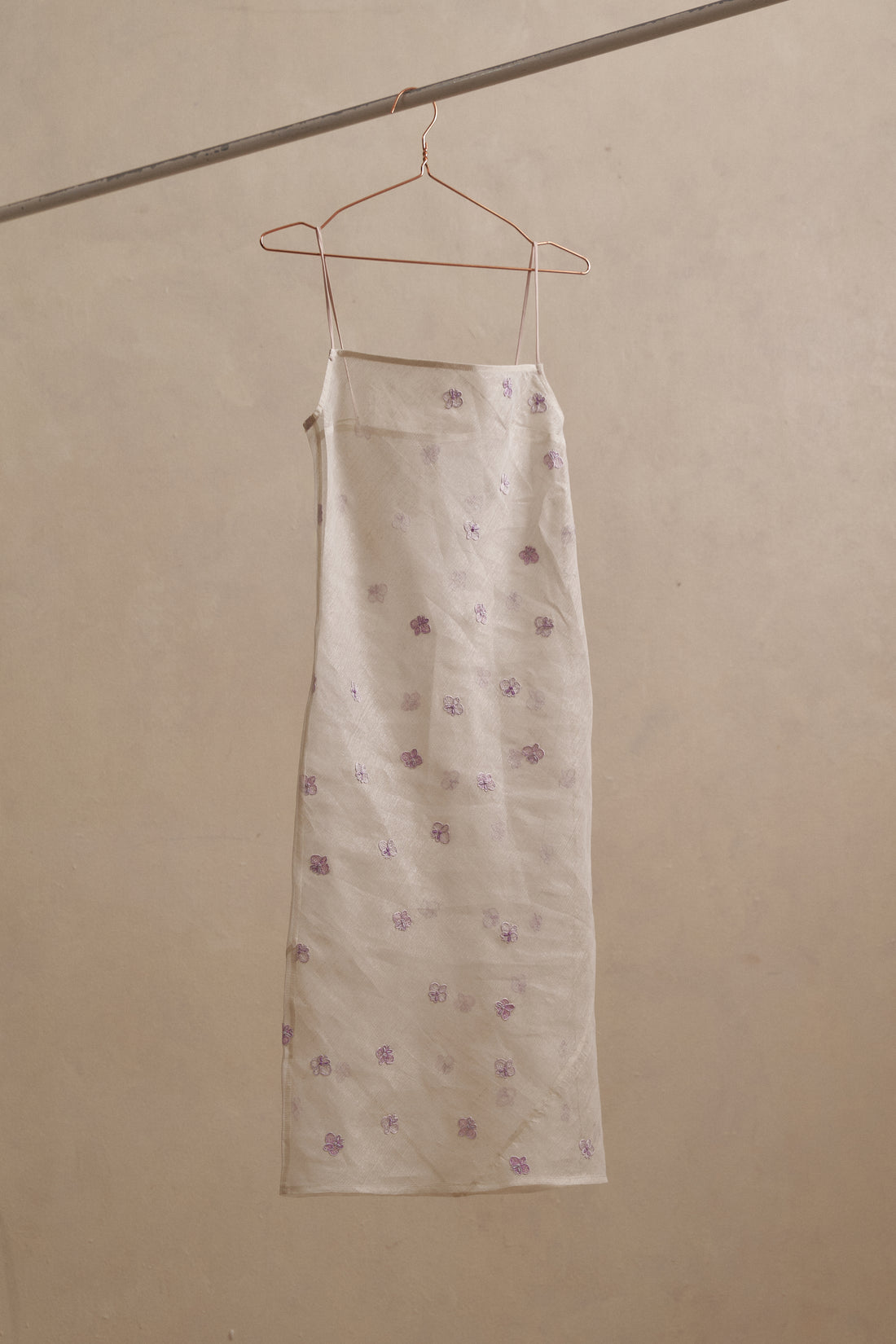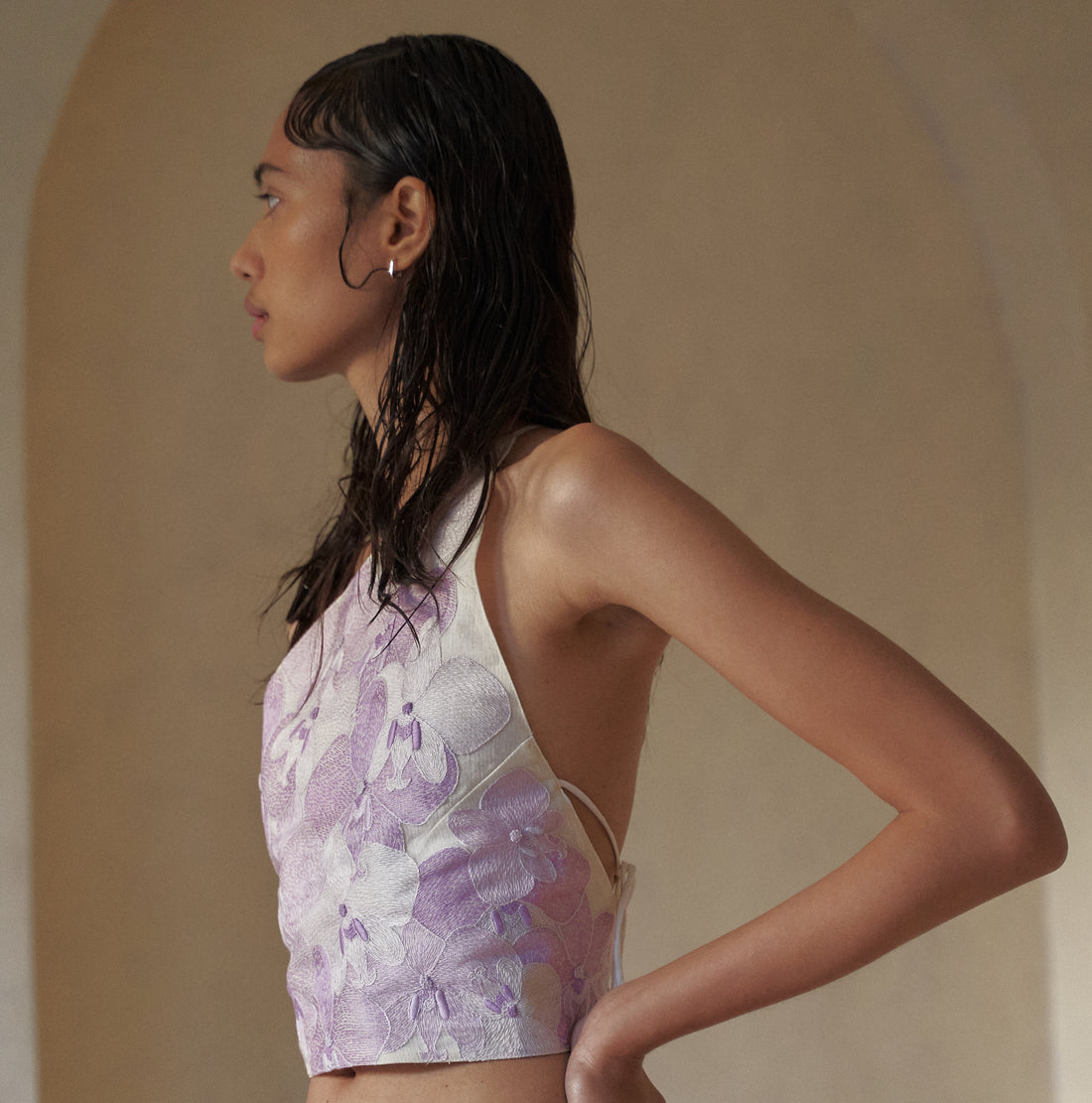#LifeLokal: With Ma. Collecta you can wear piña fabric anytime, anywhere
Traditionally, piña fabric was used for formal wear and special occasions—and it remains to be. But this 25-year-old self-taught Filipina fashion designer wanted to introduce the traditional fabric as an option for casual, everyday wear.
It all started with an internship. In high school, Bianca Jimenez was an apprentice for Filip + Inna, where she was introduced to different Filipino communities and tribes and learned about their culture. "That internship really changed my life and my perspective on what was possible in fashion in the Philippines," Bianca told PhilSTAR L!fe.
She continued interning for other local brands like Halohalo and was also exposed to a lot of new designers and local fashion bazaars such as Artefino and Maarte.
"It was all of those different experiences that culminated me to really wanting to do my own thing and create my own fashion brand," Bianca said.
From the get-go, Bianca wanted to use traditional textile in her clothing pieces, but she didn't have any personal ties to any tribes that make textiles. "So I figured piña was a really great place to start because it was our own, it was the textile of the city," she said.
With Ma. Collecta, the young creative aims to celebrate "the story of the collective Filipina" by finding ways to make piña fabric more affordable, "a lot more accessible, and a lot more appealing to a younger market."
"I guess how Ma. Collecta came to be was mostly from [my love for] Philippine history."
In this interview, we asked Bianca to share how she came up with the idea of Ma. Collecta and how she is reinventing the piña.
What’s the story behind your brand's name?
I want to create a brand that really explores the stories of the likes of Gabriella Silang and Tandang Sora and more—because I feel like those are the names that we know, but I'm sure there's so many other people. And also, Filipino women culture was part of what I was first inspired by.
And I felt like Maria—we all have a Maria in our name, but nobody ever really goes by Maria. So it's kind of this common thread that brings together a lot of Filipino women. I wanted that to be able to resonate with a lot of Pinays who use it because I think it's a really common name that nobody actually ever goes by.

Tell us something about your designs.
The main thing that I want all of my pieces to be is I want the silhouette... I want it to be comfortable. I don't want it to be one shred of itchy [fabric]. I want to be able to just wear it.
And then also, I want to be able to dress [it] up and dress it down. To be able to like wear it with jeans or with heels. I wanted it to be versatile or to wear it at the beach.
My first collection, my piña was pretty much based on a deconstructed baro’t saya. There's a lot of different layers that are put on top of each other. And I think that's kind of a common theme in how I design my pieces. My signature Panuela Tube has things that are folded on top of each other as well. And then my Dalantal Apron Top, same thing where it's a very interesting shape, but the concept is really just things that are layered on top of each other.
How do you make your brand stand out?
In each collection, there’s as a story and it's very intentional. I'm not just trying to put out a collection after another collection.
The first collection was called "Life in Piña" and the message that I was trying to send was: You can have a life in piña in the modern age. We can wear piña casually or not. The second collection, "Pandanggo," was all about exploring this cultural part of Filipino folk dance with fashion involved. And the third one, "Co. 3 Hardin," was really pushing how the traditional practice of embroidery and how we can make that more than just kind of the roses that we'd see.
And then the other part is that it's called Ma. Collecta because I work with a lot of different creatives. There’s so many incredible creatives now in the Philippines. I try to work with a different set for every collection because I also want these people to be a part of that storytelling. To tell a different story and encapsulate a different vibe for each direction.

What's the price range of your items?
My price ranges from P3,000 to all the way to P11,000 for the embroidered pieces. But I’m trying to keep my price range intentionally reasonable for piña. I feel like piña is typically P10,000+, but I want it to be a little bit more affordable in alignment to that accessibility aspect. I’m not raising the margins on it intentionally so that people can afford to wear it.
I'm not really making a lot of money out of these collections. It's really it's really a part of the advocacy of promoting piña. Obviously, we want to run a business and we don't want to go bankrupt, so there is a little bit of a margin. But I think [my price] is a little bit fair for the quality of piña that I'm using.
I also want people to realize that it's a little bit more symbolic than just a random piece of linen that you're wearing. It’s a piece of history and a piece of your culture.
How do you want your customers to feel when they’re wearing your products?
I want them to feel like beautiful and proud.
The funny thing about piña is that there's so many competing histories about it. The very baseline of it is that it's what we wore 300 years ago, right? If people wear it everyday 300 years ago, we can bring that back. And that fabric, that's ours, uniquely Filipino. But it also came from the Spanish, who were our colonizers, and brought their red pineapple to the Philippines and we learned how to weave it and make it our own.
I know that people wear it to weddings, like barongs, but I think being able to wear it everyday proudly, is something really exciting.
I also want people to realize that it's a little bit more symbolic than just a random piece of linen that you're wearing. It’s a piece of history and a piece of your culture.

What makes yur brand special?
It's all from the heart. You know, Maria is very, very close to my heart. It's kind of my baby and my passion project. It feels very much like an extension of myself. But working with the collective aspect of it as I think what really helps me make it a little bit more special because it allows me to really work with a lot of other creatives to push the collections to what they can be.
I just want people to love piña. It was never intended to be just piña, I'm really interested in abaniko and all these other parts of Filipino culture that could be explored. But right now I think piña is working and people are still exploring it and like people are getting excited about it.

What can we expect in the coming months or years?
Hoping for the restock for sure. Raxenne and I actually made 12 different orchids. I only released two for this recent collection, so I'm hoping to release more of them— if not all of them in the next drop.
And then I really kind of am excited to maybe release a "Life in Pinya II".



